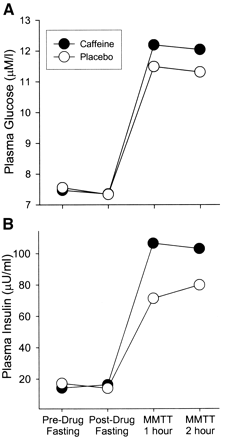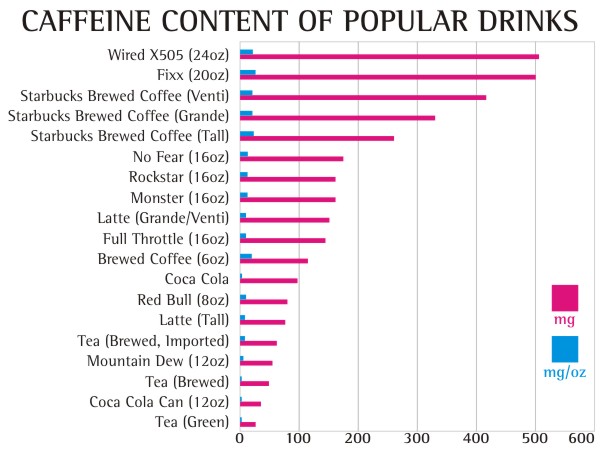Will a ketogenic diet or very low carbohydrate diet kill you? Will it increase your likelyhood of death? That’s what the media and the dietary world is saying this week. Is it really true? How do you know? That’s the question that I ponder as I smoke my brisket while reading the headlines this week.
My inbox has exploded with patients and acquaintances suddenly worried that my very low-carb lifestyle is bad. This all revolves around the publishing of a study in the Lancet this week, and the interpretative spin that has been placed on it by “those in the know.” To quote one of the NHS dietitians, Catherine Collins, RD FBDA, “In summary, this paper will disappoint those who, from professional experience, will continue to defend their low-carb cult, but contributes to the overwhelming body of evidence that supports a balanced approach to calorie intake recommended globally by public health bodies.” Either she didn’t actually read the paper, or she clearly doesn’t understand the low-carbohydrate/ketogenic dietary world. Before you go throwing out your bacon, turning off my smoker and buying bags of rice, let’s talk about some principles that seem to be completely misunderstood by the “low-fat, calorie restricting” nutritional aristocracy.
Ketogenic Diets are Powerfully Effective
First, ketogenic diets are powerfully effective. They are effective in weight loss, reduction of blood sugar, reversal of diabetes, decreasing cardiovascular risk and reduction in blood pressure. These are just a few of the powerful effects of a ketogenic lifestyle. (I wrote a whole book on the 16 different diseases dramatically improved by carbohydrate restriction.) It’s why I’ve been using carbohydrate restriction for over 14 years both personally and in my clinical practice. 85% of the people in my practice don’t respond effectively to anything other than carbohydrate restriction. This is because their insulin levels are 2-20 times normal. The question the Lancet should be asking is “why do 85% of people fail calorie restriction?” But, that is for another article.
Few Diets Keep the Weight Off Long-Term
Does the ketogenic diet keep weight off in the long term? All diets seem to fail in this regard, even the ketogenic diet will show rebounding of weight after 1-2 years. Yes, I hate to be the bearer of sour news, but as an obesity specialist, this is what I do for a living. The Lancet article implies that the low-carb diet is singular in the issue of weight rebound, but that is not the case. The only diet I have found to effectively keep the weight off long-term is a ketogenic diet, combined with pulsed eating and the correct type of physical activity.
Definition of a Very Low-Carbohydrate Diet
Third, commentary, and the researchers themselves, extrapolate that based on the results, very low carbohydrate diets increase the risk of mortality. However, this study wasn’t even “low-carb.” It was Paleolithic at best. The lowest calorie intake group was just under 1600 kcal per day and the carbohydrate restriction was only 120 grams per day. A low-carb diet is defined as less than 100 grams per day. A very low-carbohydrate diet is defined as less than 50 grams per day, and a ketogenic diet is defined as less than 20 grams per day. This study and the cohort studies involved in it weren’t even low-carb!!!

Only Two Data Gathering Points in 25 Years?
Fourth, although people were followed for 25 years, there were only two data gathering points consisting of 66 questions spaced 5-7 years apart asking the 15,428 participants to “remember what they ate” over previous 3-5-year intervals. Seriously?! I can barely remember what I ate last week and I take pictures of my food and journal my meals frequently. How can you publish an article with only two data collection points over 25 years? And, how can extrapolated data over 25 years be accepted as valid in a premier medical journal? It is beyond my understanding.
You Gotta Lower Insulin to Reduce Mortality
Fifth, insulin must be lowered to a “baseline level.” Increasing fat intake in the presence of abnormally elevated insulin will actually increase risk of cardiovascular disease, peripheral vascular disease, diabetes, hypertension, gout, kidney stones, and death by multiple causes. This cohort of people only partially lowered carbohydrate intake, and raised fat and or protein intake. Those of us who’ve been treating obesity and practicing in the trenches are well aware that if you don’t bring the insulin levels under control, raising fat and protein is just a ticking time bomb. Of course, the all-cause mortality went up in this group. I’d expect nothing less. This is what I saw with a large portion of my Paleolithic dietary patients.
This is also why caloric restriction doesn’t work. These participants had average calorie restriction of 1600-1800 kcal per day. Yet their risk for all-cause mortality (death by all causes) increased.
Weight Gain Continued
Sixth, all of the groups continued to gain weight. Body mass index increased by almost a full point ever 6 years. Carbohydrates were NOT restricted enough to be effective. It also, demonstrates another example of calorie restriction failure in 15,000 plus people.
That’s what I’d call successful – not really!
Smokers Not Excluded
To make matters worse, 60-70% of the population were smokers or former smokers and this study did not specifically eliminate this as a risk factor for all-cause mortality. We know that smoking dramatically increases risk of heart disease, peripheral vascular disease, hypertension, stroke, lung cancer, chronic obstructive pulmonary disease, etc. The contribution of tobacco in this cohort was not adequately isolated.
Follow the Money
Lastly, I’ve learned that when you look closely at research, it is very important to follow the money. The National Institutes of Health funded the study. They openly state that a healthy eating plan “emphasizes vegetables, fruits, whole grains, and fat-free products.” Their position falls right in line with the WHO Millennium Development Goals established at the United Nation’s Sustainable Development Conference in 2000 and reconfirmed in September, 2015.
The World Health Organization has developed sixteen goals as their “Call to Arms.” Goals 12 and 13 specifically discuss “ensuring sustainable food consumption patterns throughout the world.” These goals specifically outline a transformational vision of the world. This will occur by “doubling agricultural growth” and restricting food production that worsens the “carbon footprint.”
Really?!
Over the last ten years, multiple progressive groups and sites have made the claim that the greatest threat to Climate Change is the cattle industry. They link cattle, livestock and our consumption of red meats to global warming and have been preaching the politics of nutrition. They claim that the only real way to stop climate change and global warming is to “eat less red meat and dairy products.”
Low-carbohydrate and ketogenic diets are a threat to this transformational vision. Because of this, we will likely see more and more scientific research used as propaganda, let’s call it what it is, to sway the general populous in their buying and eating patterns.
So, if you’ll excuse me, my smoked brisket is ready to pull off the smoker. . .





 So, how do you manipulate the hormones in a way to control the rebounding hunger and suppression of metabolism? This is where we put a bit of twist on the knowledge we’ve gained from alternate day fasting. Recent research shows that “mild” energy deficit in a pulsatile manner, that has the ability to mimicking the body’s normal bio-rhythm’s is dramatically effective in reducing weight and maintaining normal hormonal function without cause of rebound metabolic slowing (4).
So, how do you manipulate the hormones in a way to control the rebounding hunger and suppression of metabolism? This is where we put a bit of twist on the knowledge we’ve gained from alternate day fasting. Recent research shows that “mild” energy deficit in a pulsatile manner, that has the ability to mimicking the body’s normal bio-rhythm’s is dramatically effective in reducing weight and maintaining normal hormonal function without cause of rebound metabolic slowing (4).




 After mulling through the last 10 years of caffeine research, most of which were small studies, had mixed results, used coffee as the caffeine delivery system (coffee has over 50 trace minerals that has the potential to skew the results based on the brand) and never seemed to ask the right questions, the ink from a study in the
After mulling through the last 10 years of caffeine research, most of which were small studies, had mixed results, used coffee as the caffeine delivery system (coffee has over 50 trace minerals that has the potential to skew the results based on the brand) and never seemed to ask the right questions, the ink from a study in the 





